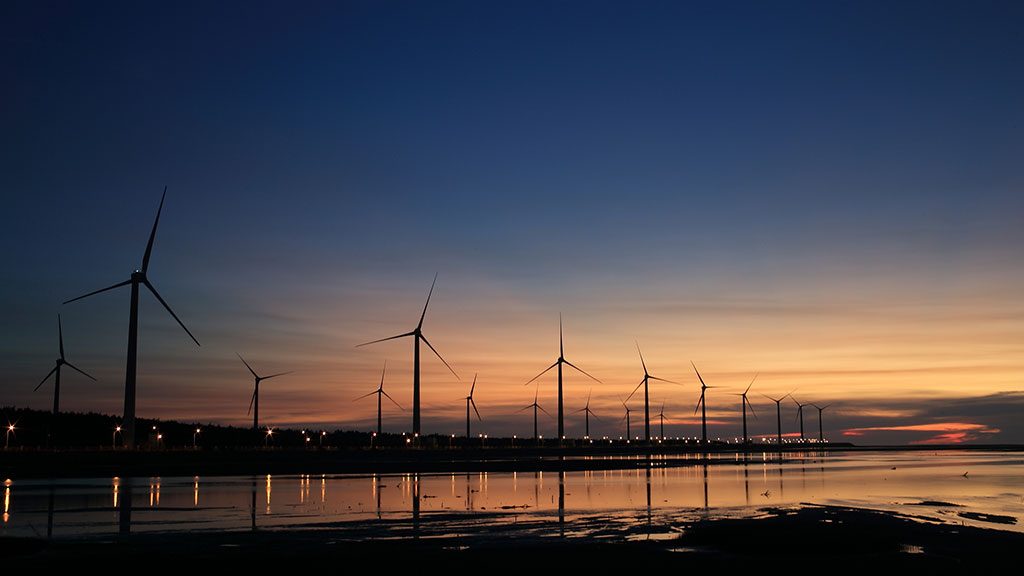SANTA CLARA, CALIF. — A new report from Frost & Sullivan predicts that US$3.4 trillion will be invested globally on renewable energy by 2030.
The study, Opportunities from Decarbonization in the Global Power Market, 2019-2030, forecasts that coal will take a downturn in most developed markets.
By 2030, 54.1 per cent of installed capacity will be renewable (including hydropower) and 37.9 per cent will be a combination of solar and wind, the report predicts.
Falling costs and renewable-friendly energy policies adopted by several countries in the six major geographies — North America, Latin America, Europe, the Middle East, China and India — are prominent reasons why solar photovoltaic and wind capacity projects are expected to climb this decade.
Of the investments in renewable energy during the next decade, $2.72 trillion will be targeted towards wind and solar projects.
In North America, high energy costs are expected to drive strong market growth for energy service and performance contracting, which will more than double its size during the decade to be worth $19.14 billion in 2030, Frost & Sullivan predicts.
“Decentralization, decarbonization and digitalization are the three key pillars of the global energy transition,” said Vasanth Krishnan, a senior research analyst for Frost & Sullivan in an Aug. 31 release. “The power sector will witness strong growth in decentralization during the decade, with annual global investment increasing from $53.14 billion in 2019 to $92.54 billion in 2030. Pressure will continue to build for further decarbonization within the power system as the rate of adoption of digital technologies increases in both existing and future plants to boost operational performance.”
Krishnan said the surge in need for flexibility is the most significant trend observed across developed markets. System operators are coming under increasing pressure to manage the system with uncertain renewable output, declining coal output and demand-side variability.
“As a result, technologies and solutions such as battery energy storage systems, gas engines, demand-side response and virtual power plants are witnessing unprecedented adoption rates amongst utilities, solution providers and end consumers,” he said.











Recent Comments
comments for this post are closed